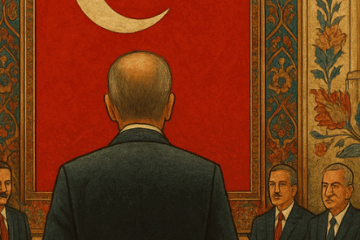Yesterday, India concluded its six-week, drawn-out parliamentary elections. As always, the country did not fail to surprise the global community. The conventional wisdom was that Prime Minister Narendra Modi would win in a landslide, and the exit polls appeared to confirm that his coalition would gain between 355 and 380 seats in the Lok Sabha (India’s lower house of parliament) of 543 seats.
As in other countries, the exit polls were wrong, and the ruling Bharatiya Janata Party (BJP) and its allies won 291 seats—enough to form a government but a far cry from the 400 seats that the party bragged it would win. The general consensus was that with a sweeping majority, the Modi government would take drastic steps to reshape Indian society along ideological lines. Instead, the electorate voted for a more pluralistic parliament. Why did this happen, and what are the implications for Indian democracy?
Read the full article here.
About the Author

Amit Gupta
Amit Gupta is a Senior Advisor to the Forum of Federations Ottawa. The views in this article are his own.



